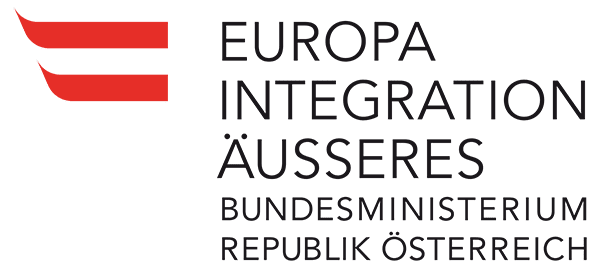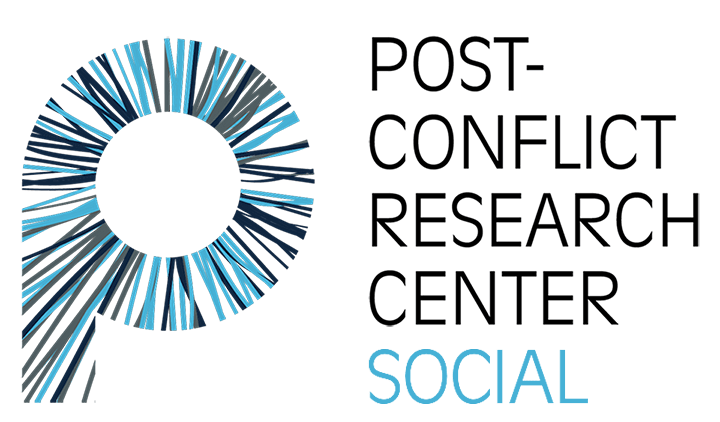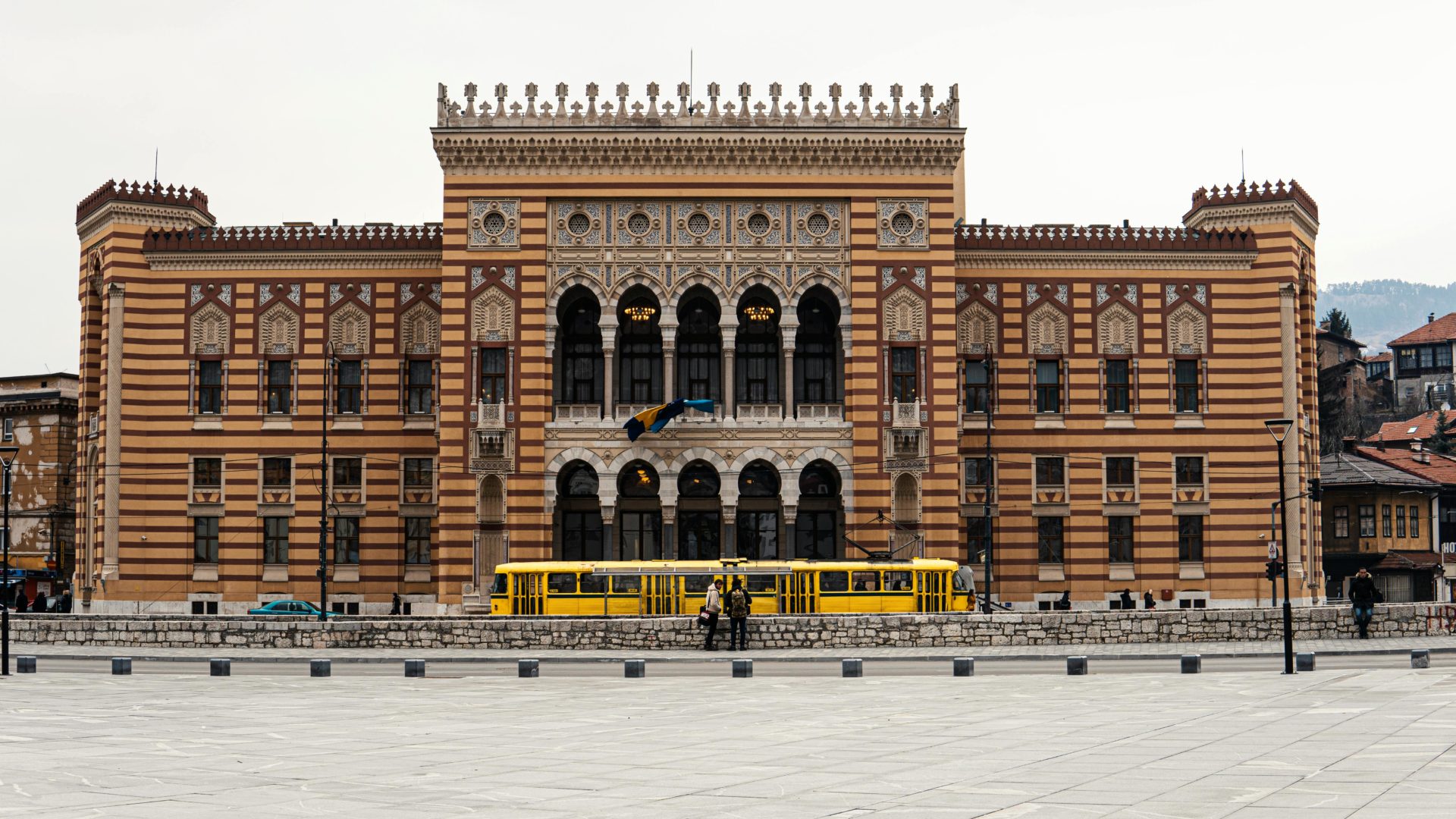
What does it really mean to “never forget” the Srebrenica genocide, the siege of Sarajevo, those killed, and those who managed to survive?
One answer emerges from Sarajevo’s City Hall, home to an archive and Information Center that preserves the legacy of the International Criminal Tribunal for the former Yugoslavia (ICTY). It provides access to all publicly available Tribunal files and archival material in online databases, as well as informs and educates the public about established facts from the 1992-1995 Bosnian war.
“The City Hall represents the courage and the unbreakable spirit of the citizens of Sarajevo and Bosnia and Herzegovina,” said Ismena Čaušević, Expert Assistant at the ICTY Information Center. Čaušević captured this strength with the image of “a phoenix rising from the ashes,” a metaphor for a building that has withstood destruction and still stands as a reminder of history and identity.
The City Hall even endured what Čaušević described as “urbicide,” denoting the attempt to destroy not only the city but also its identity.
Long before the horrors of the 1990s, this Austro-Hungarian architectural masterpiece stood as a symbol of the city’s culture and history. Opened on April 20, 1896, the building initially served an administrative function. After the Second World War, it became home to the National Library, a purpose it served until 1992.
On the night of August 25, 1992, Bosnian Serb forces set fire to the City Hall. Sarajevans risked their lives trying to save its books from the fire, but about two million books and documents—or 80% of its collection—was destroyed. After the war, in 1996, the restoration of the City Hall began. The reconstructed City Hall was opened on May 9, 2014, coinciding with Europe Day and Victory in Europe Day. Like the phoenix, the structure was reborn and still stands as a cultural monument to Bosnia’s enduring identity.
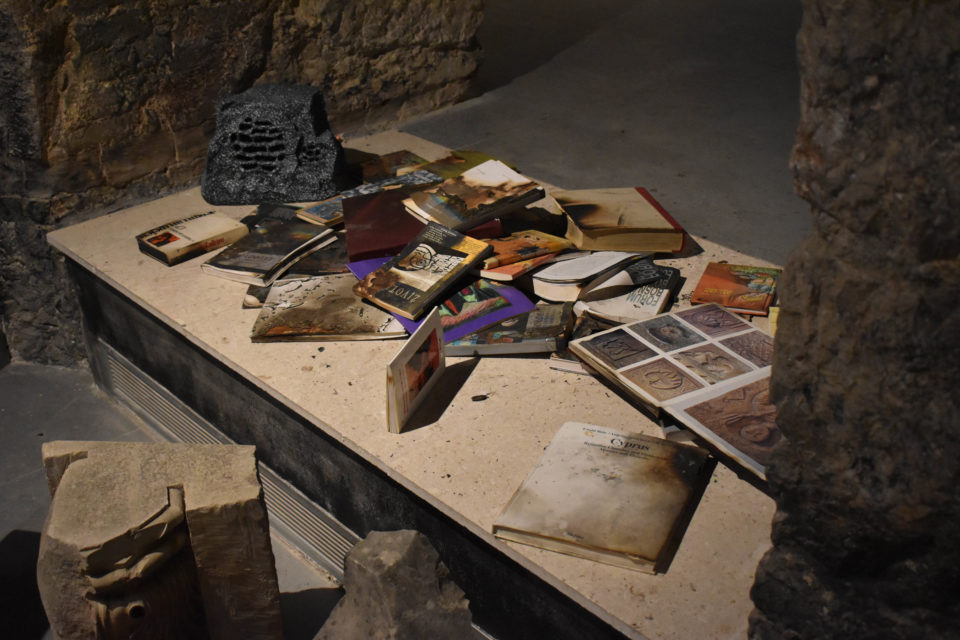
Today, the City Hall is used for ceremonial occasions at the state and city level, including promotional events related to culture, art, and economic initiatives. It also hosts both permanent and temporary exhibitions, regular City Council sessions, and the first ICTY Information Center in the region.
Spanning a thousand square meters, the center has a multipurpose hall with computers for database research, a library and classroom containing ICTY verdicts and other publications, and a museum. The museum space houses an authentic reconstruction of the ICTY’s Courtroom Number 2, which was shipped from The Hague in May 2018. Additionally, it features a permanent exhibition on the work and contribution of the ICTY, and the Information Center office.
Judge’s Robe Donated for the People of Sarajevo
The ICTY was established in 1993 by UN Security Council Resolution as an ad hoc court in The Hague, with the aim of prosecuting those responsible for war crimes committed in the countries created by the breakup of Yugoslavia. After completing its work in 2017, it was legally succeeded by the International Residual Mechanism for Criminal Tribunals (The Mechanism). A UN resolution also calls for the ICTY and the Mechanism to collaborate with the former Yugoslav countries to create information and documentation centers and other means of making the courts’ public records accessible, such as online databases.
The most significant step towards the establishment of the region’s first ICTY Information Center was the signing of a Memorandum of Understanding between the ICTY and the City of Sarajevo in November 2016. On May 23, 2018, the ICTY Information Center was officially opened in a ceremony presided over by former Sarajevo Mayor Abdulah Skaka, Judge and former ICTY President Fausto Pocar, and Gabrielle McIntyre, the chief of staff of the Mechanism’s president.
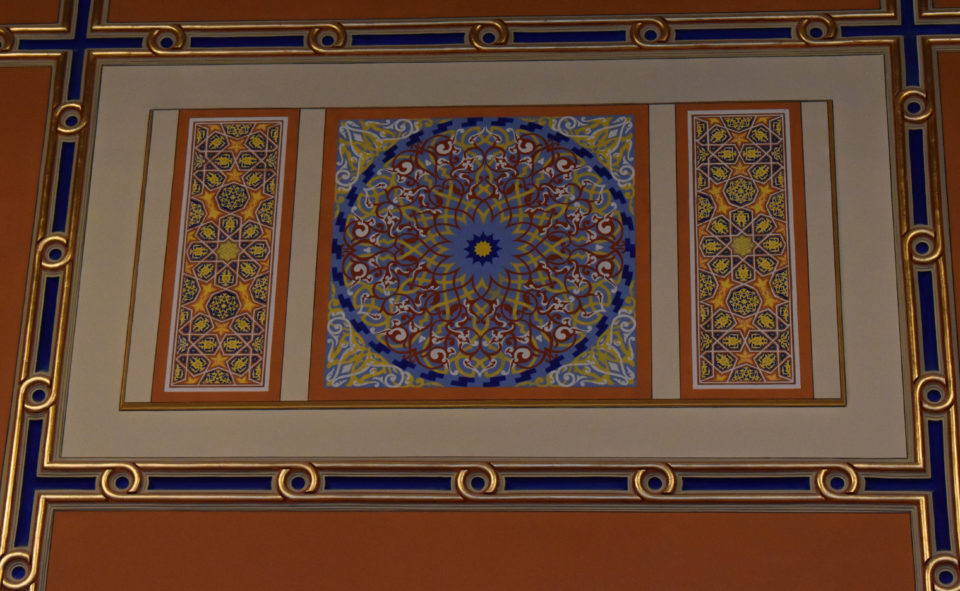
In a gesture of support, former ICTY President Fausto Pocar donated his original judicial robe to the Center. Čaušević recalls Pocar’s remarks at the opening of the Center: “It belongs to the people of Sarajevo because of what they endured during the siege and everything they went through.”
Beyond its archive of witness testimonies, photographs, and other public evidence used in the trials at The Hague, the Center provides information to students, researchers, journalists and all those interested in the work of the ICTY and the Mechanism. At the same time, it gives a voice to survivors and victims, as well as hosts analysts, professors, lawyers, and experts for discussions on the legal legacy of the 1990s at conferences, seminars, and gatherings.
The center cooperates with numerous academic institutions, non-governmental organizations, and other memorial centers, including the Srebrenica Memorial Center for the victims of the July 1995 genocide.
Preserving the Truth from Oblivion
During the Srebrenica genocide in July 1995, over 8,000 Bosniak men and boys were systematically executed in eastern Bosnia by Bosnian Serb forces. In Pilica, for example, hundreds of Bosniaks were taken to the former Cultural Center, locked inside, and mercilessly gunned down. Their bodies, like those of Srebrenica’s other victims, were later buried in a network of primary and secondary mass graves in an attempt to hide the crime.
As the 30th anniversary of the Srebrenica genocide approaches this July, Čaušević reflects, “this is an important time to reflect on one of its most brutal chapters and how it was addressed in court.”
Despite the overwhelming evidence from the ICTY and Mechanism, Čaušević explained that revisionism and denial of established facts is still widespread. Historical revisionism and genocide denial are still an issue in BiH and neighboring countries, as outlined in the 2023 Genocide Denial Report by the Srebrenica Memorial Center. In the period from May 2022 to May 2023, 90 cases of public genocide denial were registered. Denial can take many forms, like minimizing specific crimes, glorifying war criminals, or dismissing the facts of the genocide entirely.
Although there are legal provisions prohibiting the denial of genocide and war crimes, there have been no prosecutions of such violations to date.
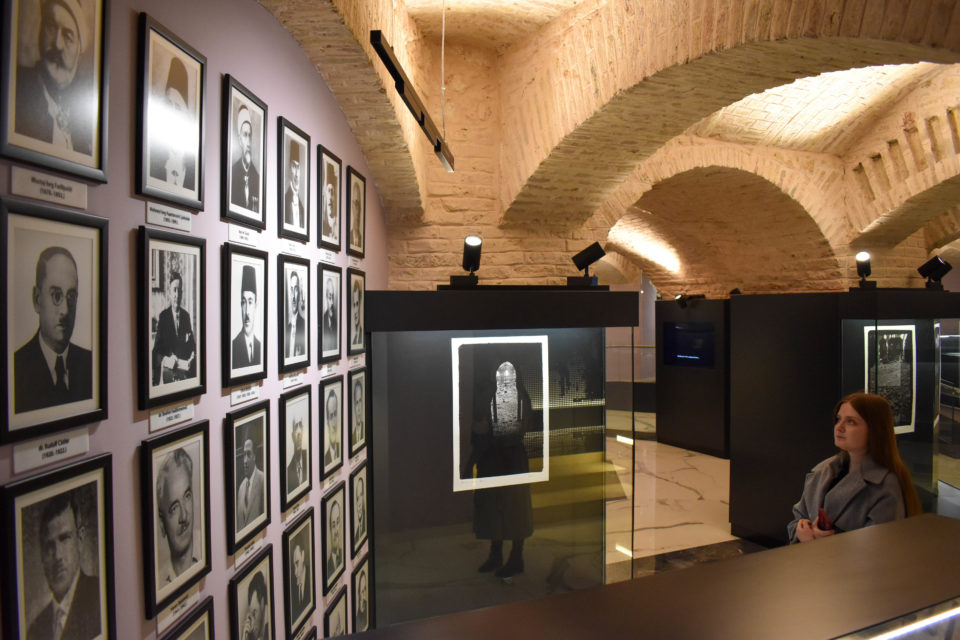
Combating historical revisionism is always relevant but is now more important than ever. Milorad Dodik, president of the Bosnian Serb entity of Republika Srpska and a known genocide denier, has renounced Bosnian laws, intensifying tensions in the country. In the light of these events, institutions like the ICTY Information Center remain crucial for transitional justice and peace-building.
Čaušević emphasizes that the educational aspect of the Center, which she considers the most impactful, is one way to combat the denial. During her time working for the ICTY Information Center, Čaušević has only encountered one individual who did not accept the evidence that was presented there. She also recalled an occasion when a student from Banja Luka came up to her after visiting the Information Center and thanked her for her work, expressing his support for the Center’s mission. Encounters like these are her main motivation for continuing her work, as she firmly believes that young people have the ability to promote peace and create change.
Although in its seventh year of operations, the Center is still the only one of its kind in the region. Čaušević hopes that other countries will open Centers to preserve the truth from oblivion. Institutions like the ICTY Information Center are therefore not only important for remembering the past but also for better understanding ongoing conflicts and how to bring about justice. She also added that the same types of crimes that were committed during the war and genocide in Bosnia are being committed nowadays in other parts of the world, like the killing of civilians in Gaza and Ukraine.
It is fitting that the ICTY Information Center is located in Sarajevo’s City Hall, which is a symbolic but literal reminder of the Siege of Sarajevo, the longest siege in modern history. “You can’t destroy the citizens of Sarajevo and you can’t destroy the City Hall. It’s very stubborn, just like the people in Sarajevo,” concluded Čaušević.





